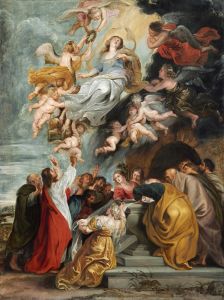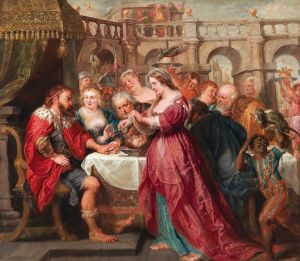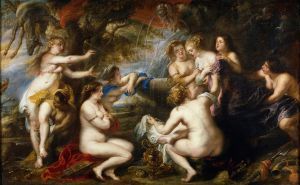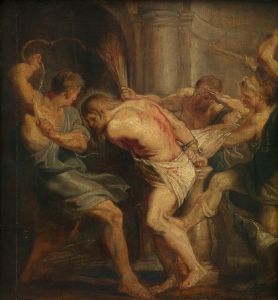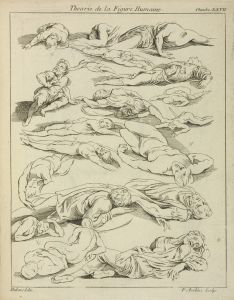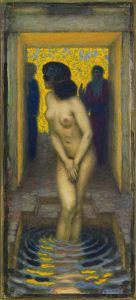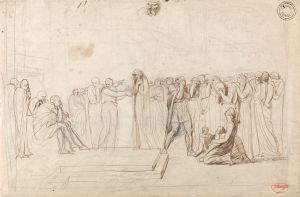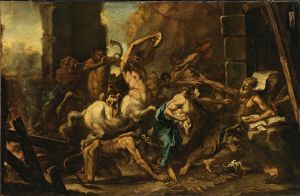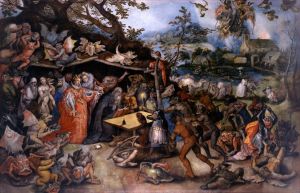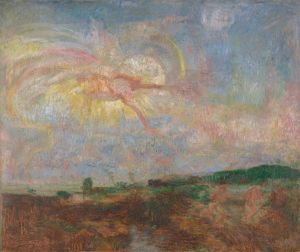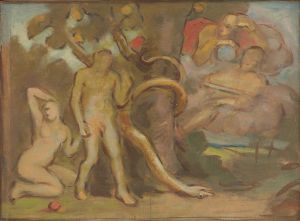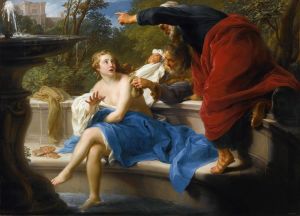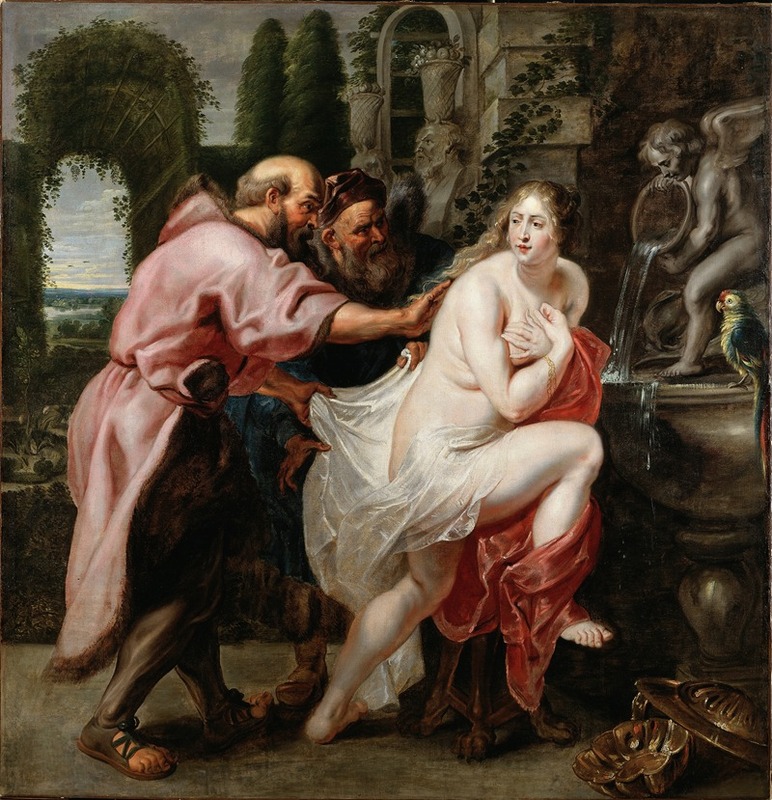
Susanna and the Elders
A hand-painted replica of Peter Paul Rubens’s masterpiece Susanna and the Elders, meticulously crafted by professional artists to capture the true essence of the original. Each piece is created with museum-quality canvas and rare mineral pigments, carefully painted by experienced artists with delicate brushstrokes and rich, layered colors to perfectly recreate the texture of the original artwork. Unlike machine-printed reproductions, this hand-painted version brings the painting to life, infused with the artist’s emotions and skill in every stroke. Whether for personal collection or home decoration, it instantly elevates the artistic atmosphere of any space.
"Susanna and the Elders" is a painting by the renowned Flemish Baroque artist Peter Paul Rubens. This artwork depicts the biblical story of Susanna, a virtuous woman who is accosted by two elders while bathing. The narrative is derived from the Book of Daniel, a text that is considered canonical in the Catholic and Eastern Orthodox traditions but is part of the Apocrypha in Protestant Bibles. The story has been a popular subject in art due to its dramatic and moral themes, offering artists the opportunity to explore issues of virtue, temptation, and justice.
Rubens, known for his dynamic compositions and vibrant use of color, brings his characteristic style to this work. The painting captures the moment when the two elders, who have been spying on Susanna, confront her. Rubens' depiction is notable for its dramatic intensity and the emotional expressions of the characters. Susanna is portrayed with a sense of innocence and vulnerability, while the elders are depicted with a sense of lecherous intent. The contrast between Susanna's purity and the elders' corruption is a central theme of the artwork.
Rubens' mastery of the human form is evident in the painting, as he skillfully renders the figures with a sense of movement and realism. The composition is carefully arranged to draw the viewer's eye to the central figures, with the lush landscape serving as a backdrop that enhances the narrative without distracting from it. The use of light and shadow in the painting adds to the dramatic tension, highlighting Susanna's figure and casting the elders in a more sinister light.
The painting is an example of Rubens' ability to convey complex narratives through his art. His interpretation of the Susanna story reflects the Baroque era's interest in emotional expression and moral storytelling. Rubens' work often included themes of classical mythology, religious subjects, and historical events, and "Susanna and the Elders" fits within this broader context of his oeuvre.
While the exact date of the painting's creation is not definitively known, it is believed to have been completed in the early 17th century, during a period when Rubens was highly active and producing some of his most significant works. The painting has been housed in various collections over the centuries and continues to be studied and admired for its artistic and historical significance.
Rubens' "Susanna and the Elders" remains an important work within the canon of Baroque art, exemplifying the artist's skill in narrative painting and his ability to engage with complex themes through visual means. The painting not only showcases Rubens' technical prowess but also his capacity to evoke empathy and reflection in the viewer, making it a lasting testament to his artistic legacy.





